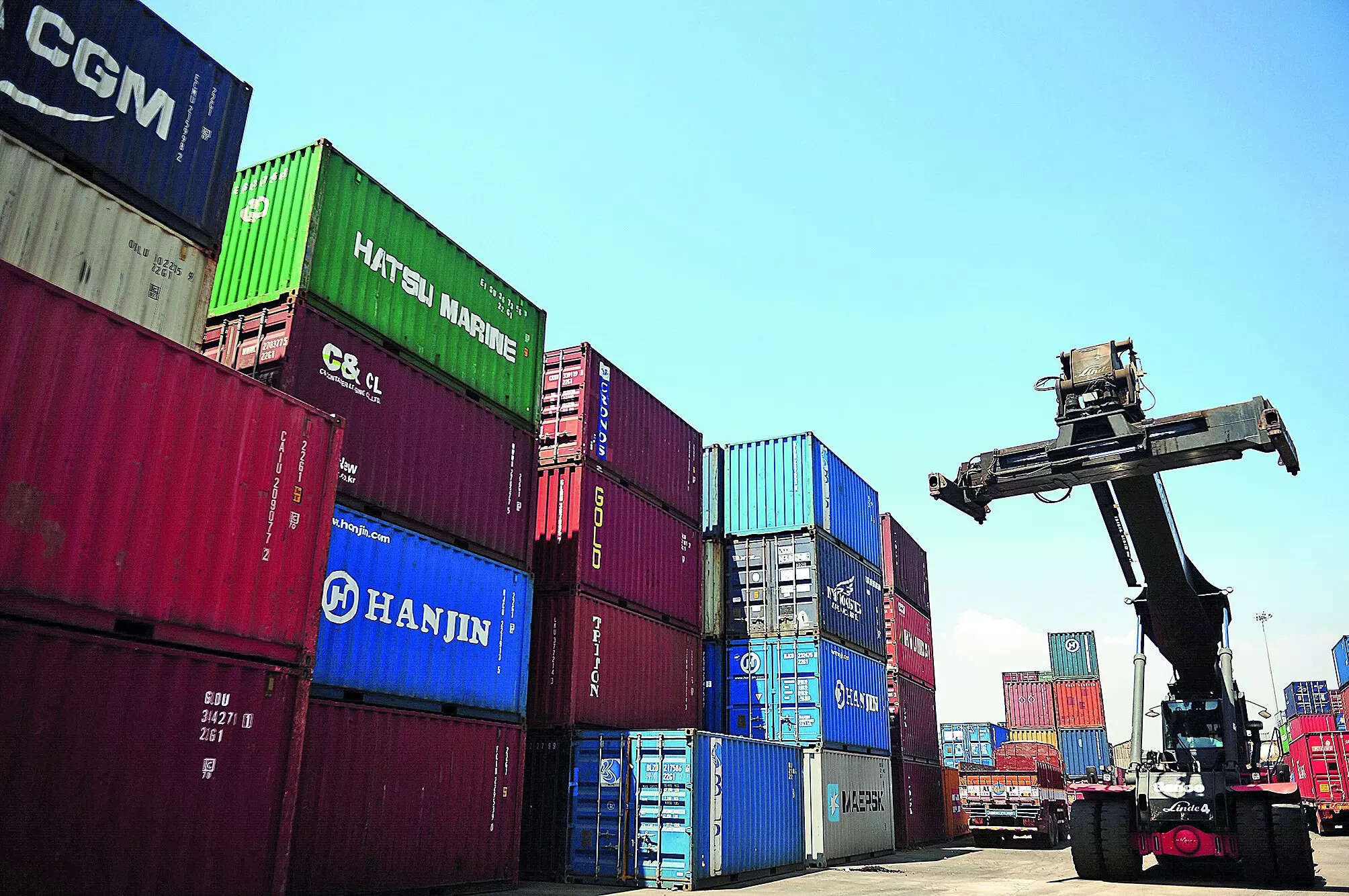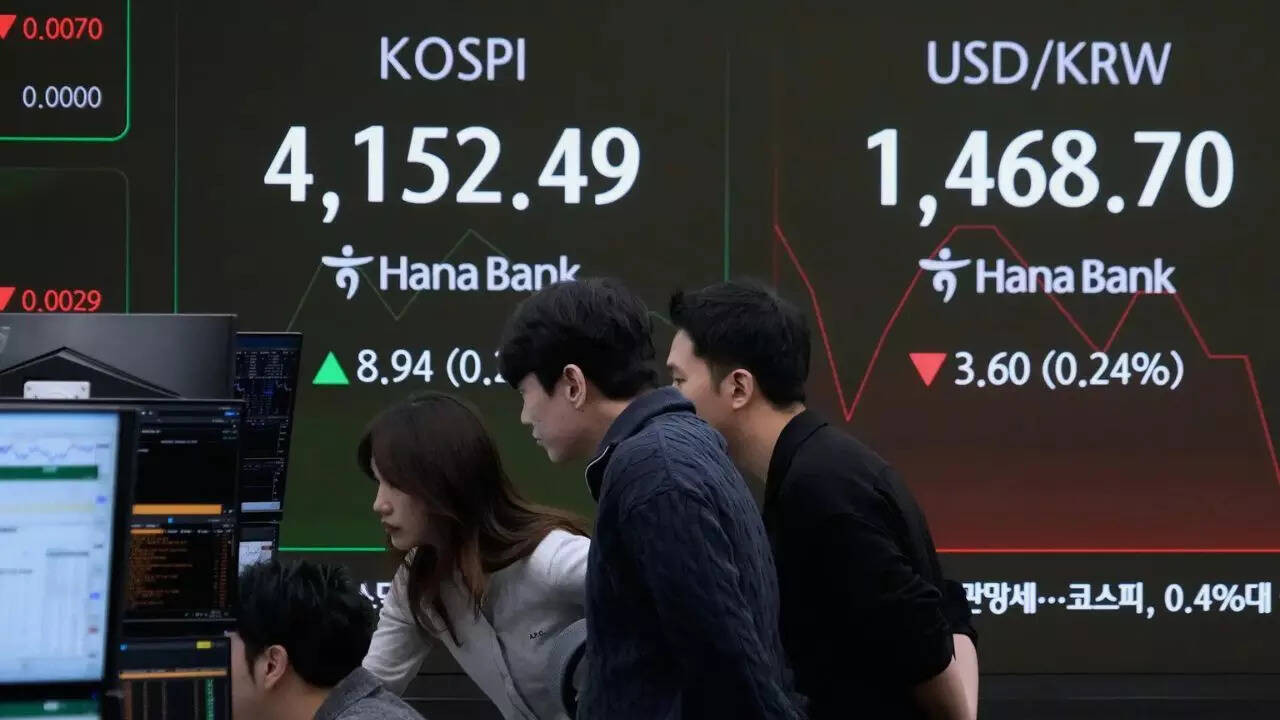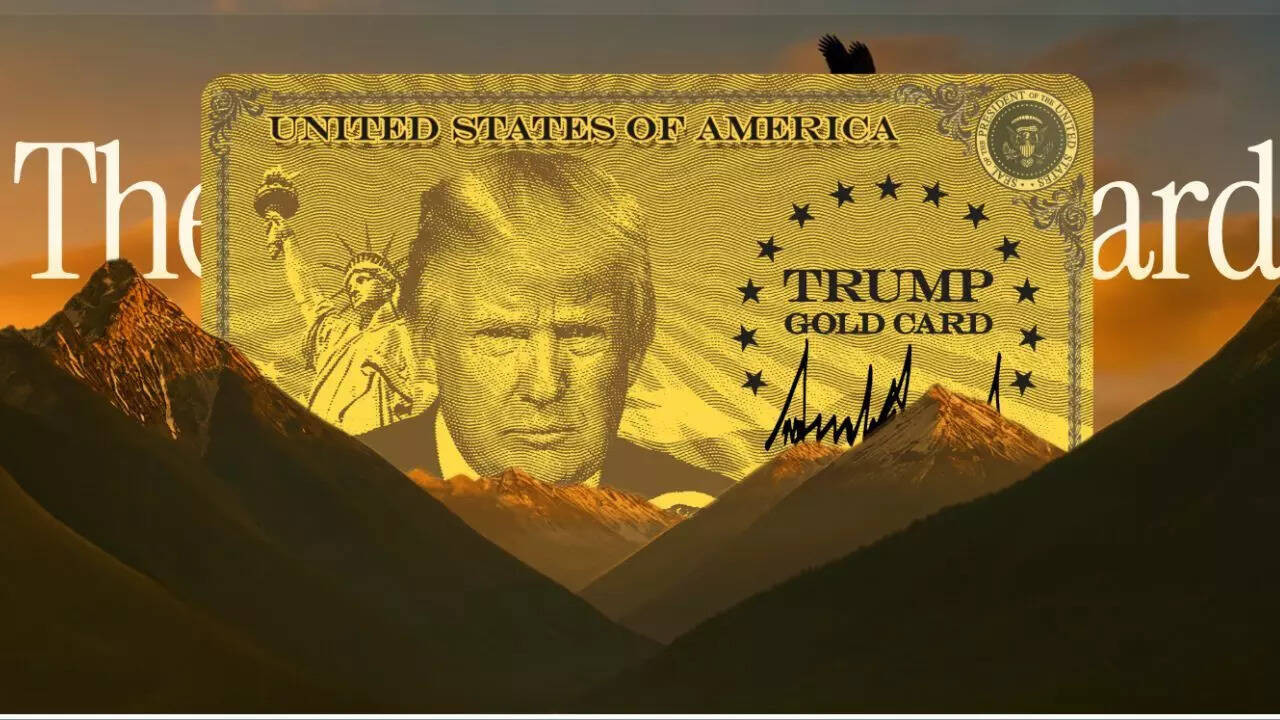India’s goods exports rebounded in July, increasing by 7.2% to $37.2 billion, ending a two-month slump, while imports surged by 14.7%. This led to a widened trade deficit of $27.4 billion, despite a decline in petroleum product exports. The growth was driven by electronics, gems & jewellery, engineering goods, and pharmaceuticals, with overall exports exceeding global export growth.
India’s Export Story: A Glimmer of Hope Amidst Growing Challenges
The world of international trade is a complex dance of fluctuating demands, shifting geopolitical landscapes, and the ever-present pressure to stay competitive. India’s recent export figures paint a picture of both progress and persistent headwinds, revealing a narrative that’s far more nuanced than simple numbers.
While initial headlines may focus on the 7% rise in merchandise exports for April, a deeper dive exposes a more intricate reality: a widening trade deficit that demands careful attention. Is this just a temporary blip, or a sign of deeper structural issues that need addressing?
The Upside: Export Growth in Key Sectors
Let’s start with the positive. The 7% increase in merchandise exports, reaching $34.99 billion in April, is undoubtedly encouraging. Several key sectors contributed significantly to this growth. Engineering goods, always a strong performer for India, continued to shine, reflecting the country’s growing manufacturing capabilities. Similarly, the consistent demand for Indian pharmaceuticals boosted export figures, highlighting the sector’s resilience and global competitiveness. Even textiles, facing fierce competition from other nations, showed signs of recovery.
This sectoral growth isn’t just about numbers; it speaks to the increasing sophistication and diversification of India’s export basket. It suggests that Indian businesses are adapting to global demands and carving out niches in specialized markets.

The Downside: A Widening Trade Deficit
However, the celebration of export growth is tempered by the stark reality of a ballooning trade deficit. In April, this deficit soared to an eight-month high of $19.1 billion. This means that India is importing significantly more goods than it is exporting, putting pressure on the rupee and potentially impacting economic stability.
So, what’s driving this surge in imports? The answer lies largely in increased demand for essential commodities. Crude oil, a vital energy source for India’s growing economy, remains a major import item, and rising global oil prices contribute significantly to the import bill. Similarly, the demand for electronic goods, driven by India’s rapidly expanding digital economy, continues to fuel imports. These factors, coupled with a general increase in demand for raw materials and intermediate goods, have widened the gap between imports and exports.
Navigating the Challenges of Global Trade
The widening trade deficit isn’t merely a statistic; it represents a challenge that requires a multi-pronged approach. Boosting domestic manufacturing through initiatives like “Make in India” is crucial to reducing reliance on imports. Encouraging innovation and technological advancements will allow Indian businesses to produce higher-value goods for export, increasing their competitiveness in global markets.
Furthermore, strategic trade negotiations and diversification of export destinations are essential. India needs to actively explore new markets and strengthen trade relationships with existing partners to reduce dependence on specific regions or countries. Addressing infrastructure bottlenecks, such as port congestion and transportation inefficiencies, is also critical to facilitating smoother and more cost-effective trade.
A Balanced Approach to Sustainable Growth
India’s export story is a work in progress, a dynamic narrative of growth, challenges, and adaptation. The rise in merchandise exports is a testament to the country’s economic potential, but the widening trade deficit serves as a reminder of the need for a balanced and strategic approach.
Ultimately, sustainable economic growth requires a concerted effort to boost exports, reduce reliance on imports, and create a more resilient and competitive economy. By focusing on innovation, infrastructure development, and strategic trade policies, India can navigate the complexities of the global marketplace and unlock its full export potential.
Consider reading about the latest developments in [India’s economic policies](internal-link-to-relevant-content).
The Road Ahead
While the recent export figures offer a glimmer of hope, the growing trade deficit underscores the need for vigilance and proactive measures. The focus should be on long-term strategies that promote sustainable export growth, reduce import dependence, and ensure a more balanced and resilient trade relationship with the rest of the world. Only then can India truly harness the power of international trade to fuel its economic aspirations.







